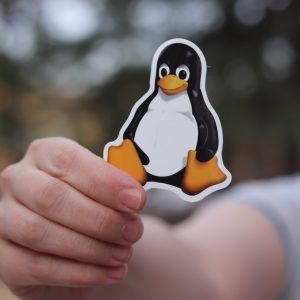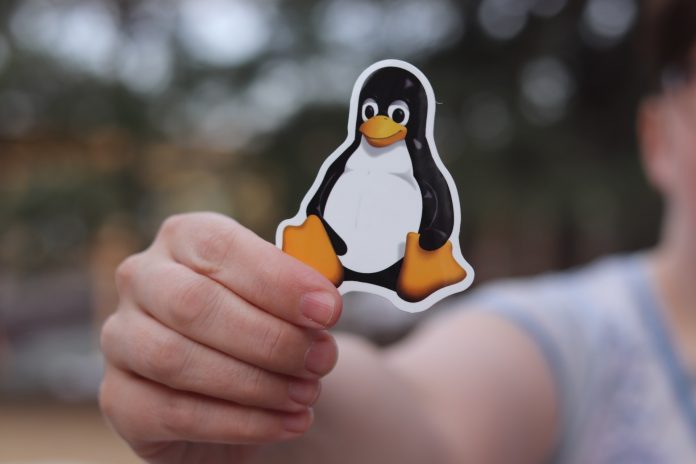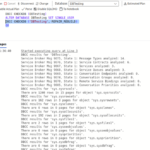
Nowadays, programming contributes a lot to education to make learning more exciting and easier. We are not only talking about creating many programs like an online paper writing service that undoubtedly facilitate the learning process. But also, the creation of various handy programs and extensions, virtual classes and interactive tutorials, operating systems, and distributions.
Today we will talk about how Linux contributes to education and which of its distributions are very useful for teaching.
The Linux operating system, by its nature, is very malleable, so we can adapt it to any need and task, such as education.
The purpose of an operating system is to act as an intermediary between our computer and us. To do so, it uses its programs, drivers, and libraries. In addition, we install other programs and tools to edit videos, download files, edit documents, or surf the Internet.
Windows and macOS are clear examples of what an operating system should be. But Linux is different since, in addition to being free, its components can be changed and improved, which implies creating versions or, in jargon, distributions.
There are distributions for all kinds of tasks and audiences: IT administrators, computer security experts, the home user, web servers, scientists, video or photo editing, and, of course, students.
Below we list the active distributions designed to introduce Linux in education, operating systems full of tools and utilities to educate and learn.
Sugar
We start with one of the most ambitious Linux-related educational projects still active. Technically, Sugar is not an operating system. Still, a graphical interface is installed on top of the operating system and turns the traditional desktop into a space where you can play, learn and do any task.
Sugar is designed for children of all ages and runs on any computer. Moreover, it was created for the One Laptop Per Child project, which wanted to offer free laptops to children in developing countries.
We can install Sugar as a standalone app on Android, iOS, Windows, and Chrome OS and install it on various versions of Linux such as Fedora, Debian, or Ubuntu.
It is even possible to prepare a USB flash drive with Sugar as a standalone operating system to boot the PC from the stick.
OpenSUSE-Education-Li-f-e
Backed by SUSE, one of the largest companies dedicated to Linux, openSUSE-Edu Li-f-e is the education version of OpenSUSE, a robust understanding of Linux and one of the most complete compatible and installable programs from its package manager.
Its Edu Li-f-e version comes with games and educational applications for all ages, subjects, and subjects.
In short, this version of Linux has the best of both worlds: a complete operating system and all the software you could ask for to teach so that you can take advantage of it on any computer and for any use besides the educational one.
Debian Edu
And if we talk about SUSE, we cannot forget Debian, the longest active Linux distribution and has a version for the educational field.
Debian Edu, also known as Skolelinux, comes to be Debian Linux, with all its advantages in terms of being easy to use and buy tadalafil online full of preinstalled software, which has been added an endless list of educational programs for all areas and ages.
Installable on most current computers, DebianEdu allows us to perform tasks. We must add the possibility of being used in classes and educational centers for different ages.
Another guarantee that DebianEdu gives is that there are dozens of Linux versions based on Debian itself, thanks to its versatility and ease of use.
Ubermix
Another widespread Linux distribution is Ubuntu, which has given rise to other equally impressive versions.
One example is Ubermix, a project that offers an Ubuntu full of preinstalled applications, more than 60, for learning and teaching different subjects.
As in the previous cases, Ubermix has the advantages of the distribution on which it is based, Ubuntu, which is easy to install, maintain and update, and the benefits of selecting programs installed by default. That and the occasional tweak that improves its appearance and performance.
Edubuntu
Finally, it is worth mentioning the name of Edubuntu. Although it has not been officially updated for more than three years, it was one of the first projects to create a version of Linux designed for education.
In addition, Edubuntu had the backing of Ubuntu, one of the most important Linux distributions and which for years has offered versions for different types of users.
The purpose of Edubuntu was to provide an operating system with preconfigured tools for learning and education of different subjects and ages.
Also worthy of special mention are Qimo and DoudouLinux, two operating systems designed for children that offer an adapted interface with games and educational activities.
Unfortunately, they have not been updated for years, although they can still be downloaded and installed.
So, as we can see, Linux has many distributions that can be used in education. We wish you to find interesting and valuable uses for them. If you are interested in learning more about Linux, read our other articles.





